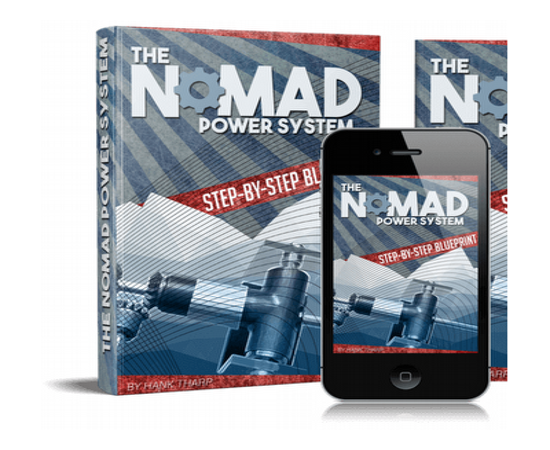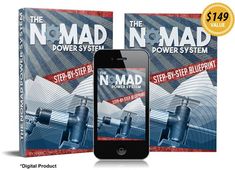Introduction
The NOMAD Power System is a revolutionary product that is changing the way we approach portable power solutions. It provides a sustainable and efficient way to generate electricity on the go, making it perfect for outdoor enthusiasts, campers, and anyone in need of reliable power away from traditional sources. In this article, we will explore the benefits of the nomad power system, explain its key features, and address some common questions about this innovative product.
Benefits of NOMAD Power System
1. Portability
One of the standout features of the NOMAD Power System is its transportable design. Whether you’re camping in the wilderness or working on a remote job site, this system can easily move with you, providing power wherever you need it.
2. Sustainability
Unlike traditional generators that rely on fossil fuels, the NOMAD Power System is electric, making it a clean and sustainable power source. By harnessing the power of nature, you can reduce your carbon footprint and lower your impact on the environment.
3. Versatility
The nomad power system is compatible with a wide range of devices, from smartphones to power tools. This versatility makes it a must-have for anyone who needs reliable power in various settings and situations.
4. Cost-Effective
Investing in the NOMAD Power System can save you money in the long run. By generating your electricity, you can reduce your reliance on grid power and lower your utility bills, making it a cost-effective solution for powering your devices.
5. Easy to Use
You don’t need to be an electrician to use the NOMAD Power System. With its user-friendly interface and straightforward setup, you can start generating power in no time, even if you’re not tech-savvy.
Detailed Explanation of NOMAD Power System
The NOMAD Power System is a compact and efficient power generation solution that consists of solar panels, a battery pack, and an inverter. The solar panels capture sunlight and convert it into electricity, which is stored in the battery pack for later use. The inverter then converts the stored DC power into AC power, making it compatible with most devices.
Frequently Asked Questions about NOMAD Power System
1. What are the system requirements for the NOMAD Power System?
The nomad power system requires a sunny location to maximize solar power output. It also needs regular maintenance to ensure optimal performance. Refer to the user manual for detailed system requirements.
2. How long does the battery pack last on a single charge?
The battery pack of the NOMAD Power System can last for several hours, depending on the power consumption of your devices. It is recommended to recharge the system regularly to avoid running out of power when you need it most.
3. Is the NOMAD Power System waterproof?
While the components of the NOMAD Power System are designed to be weather-resistant, it is not entirely waterproof. It is recommended to protect the system from rain and extreme weather conditions to prolong its lifespan.
4. Can I use the NOMAD Power System to power my RV?
Yes, the NOMAD Power System is suitable for powering small appliances in an RV. However, it may not be sufficient to power all the electrical appliances in a typical RV. Consider your power requirements before using the system in your RV.
5. How can I maximize the efficiency of the NOMAD Power System?
To maximize the efficiency of the NOMAD Power System, place the solar panels in direct sunlight, avoid shading them, and keep them clean. Regularly check the battery pack for any issues and follow the maintenance guidelines provided in the user manual.
Conclusion
In conclusion, the NOMAD Power System is a game-changer in portable power solutions. With its portability, sustainability, versatility, cost-effectiveness, and ease of use, it offers a reliable and efficient way to generate electricity on the go. By harnessing the power of nature, you can power your devices wherever you are without relying on traditional grid power. Invest in the NOMAD Power System today and experience the freedom of portable power generation.


